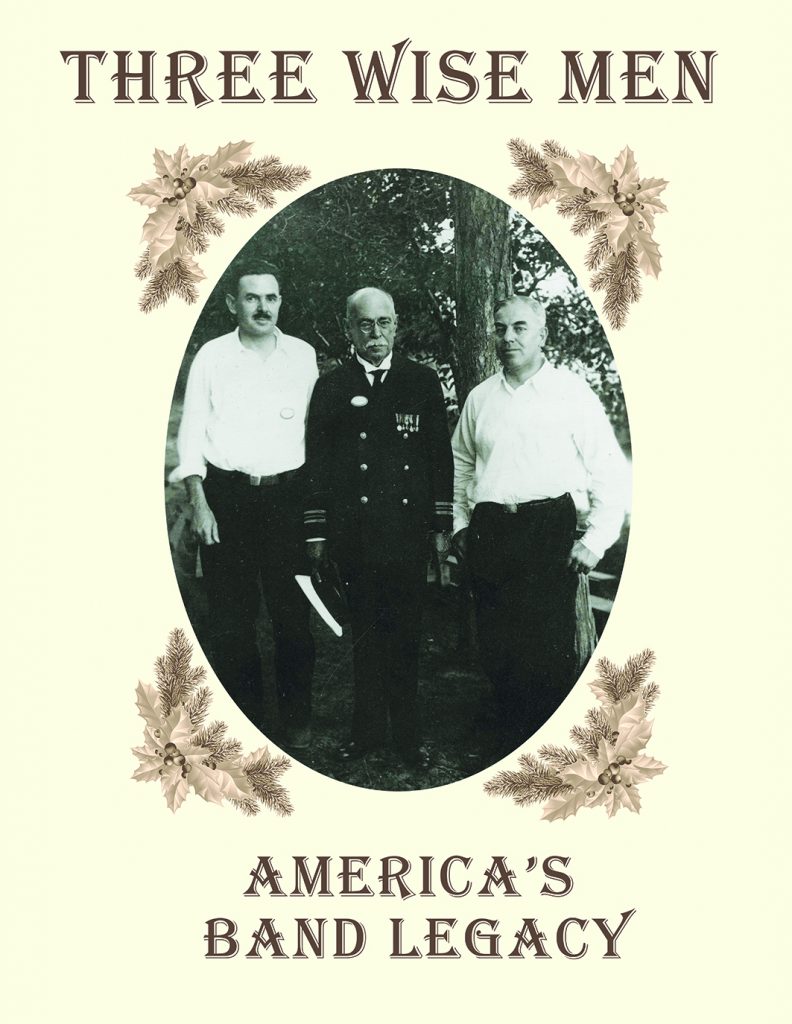 From its start in 1920, America’s golden age of public school bands had deep ties with the University of Illinois. While A. Austin Harding’s work modernizing the University’s band and training band musicians had gained significant recognition by 1915, very few public schools had active band programs as part of their core curricula. After World War I, however, his students filtered into Illinois’ public schools as teachers. Soon over 60,000 public school students in 200 different schools across America participated in school bands, earning Harding the title, Dean of the American School Band Movement.
From its start in 1920, America’s golden age of public school bands had deep ties with the University of Illinois. While A. Austin Harding’s work modernizing the University’s band and training band musicians had gained significant recognition by 1915, very few public schools had active band programs as part of their core curricula. After World War I, however, his students filtered into Illinois’ public schools as teachers. Soon over 60,000 public school students in 200 different schools across America participated in school bands, earning Harding the title, Dean of the American School Band Movement.
During the 1920s, Sousa served as the country’s leading celebrity spokes-person for the work by Harding and Joseph Maddy, the founder of the Interlochen Music Camp. He remarked to the Sioux City press in 1923, “I hope to see the day when all high schools have music as an elective…Boys from the school bands and from the town bands go to Mr. Harding, and then on with Sousa if they wish. I will accept without question any musicians Mr. Harding recommends.”
On July 27, 1930, Sousa traveled to Interlochen, at the invitation of Harding and Maddy, to conduct the summer camp’s National High School Orchestra and Band in a live coast-to-coast radio broadcast of their performance on Columbia Broadcasting’s The Majestic Hour. This performance provided Harding and Maddy the perfect opportunity to highlight their public school music initiative to the show’s national audience. The three wise men of the American School Band Movement, the only one like it in the world, continues to live on today through the tireless work of America’s music teachers and their students.